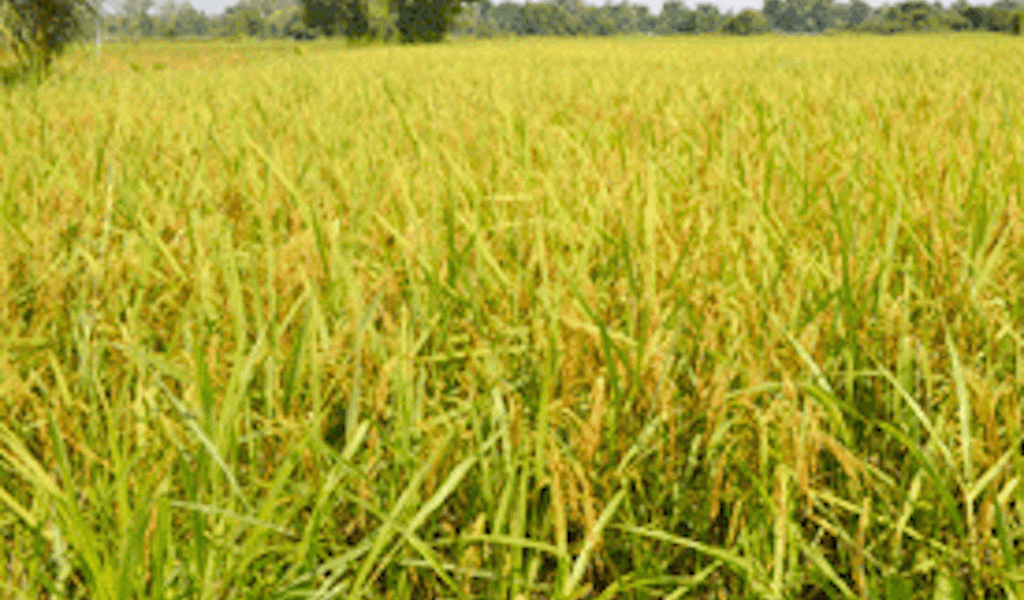Rice prices set to skyrocket in 2020

The total yield is expected to be about 3.5 million tonnes – a downward slide from the original target of 4.4 million tonnes. Rising prices, shortages and storage issues, including difficulties in procuring rice, are worrisome for both the people and the state.
Deputy Prime Minister Dr Sonexay Siphandone, who is also Minister of Planning and Investment, recently revealed some of the factors that have impacted rice production this year, when addressing the National Assembly. He said the repair of many irrigation channels that were damaged by floods in 2018 is still incomplete and functioning irrigation systems cannot supply sufficient water to meet farmers’ needs. Some farmers have given up growing rice and are cultivating other crops that provide a bigger profit. Some areas face an acute shortage of labourers as many have given up their farm jobs and moved to work in cities. This year, the dry season lasted a lot longer than usual, resulting in drought conditions, which are also being experienced at the present time in some areas. This is adversely affecting rice crops. In addition, there have been outbreaks of crop pests and severe flooding, especially in two central provinces and four southern provinces. In 2019, the area of wet season rice affected by natural disasters was almost 172,000 hectares. About 105,200 hectares of rice was completely wiped out, constituting 13.63 per cent of the wet rice crop throughout the country, according to information provided by the Deputy Prime Minister. Poor yields this year might drive up the price of rice in markets next year.
Rice prices usually fluctuate during the rainy season from June to September depending on the amount harvested and available in markets. In September this year, prices shot up more than 20 per cent, exceeding the government’s goal, particularly for grade B rice, the price of which is controlled by the state. The Ministry of Industry and Commerce decided to release stockpiled rice funded by the government in target markets of Vientiane and Borikhamxay province. In Vientiane, trade authorities advised the Khamphaengphet Chaengsavang Agriculture Promotion Company Limited to sell 2,000 tonnes of rice from stockpiles at five target areas from September 23 to 30. Authorities have set specific prices for sticky and non-sticky rice and the amount of rice that buyers can purchase, to prevent hoarding. One kilo of grade B sticky rice was sold at 6,500 kip, 2,000 kip less than in Vientiane markets. According to the Vientiane Industry and Commerce Department, from the end of June to September the price of rice increased further to about 4,350 kip per kg for paddy sticky rice. Compared to June this was an increase of 1,500 kip or 24.28 per cent.
Rice mills throughout the country encountered hurdles in finding and buying rice from farmers. There is a lot of competition and supplies are limited. Mill owners have to buy expensive rice from farmers and sell it at the current market rate. The factors responsible for this increase include the impact of natural disasters last year, obstacles in the rainy season, rising inflation, and higher transport costs due to rising fuel prices, a rice mill owner recently told Vientiane Times. However, a domestic private company plans to plug the gap in supplies and meet rising demand by partnering with a firm in Thailand to import at least 10 million tonnes of milled rice from Myanmar over the next eight years beginning in 2020.
Information source: Vientiane Times.
